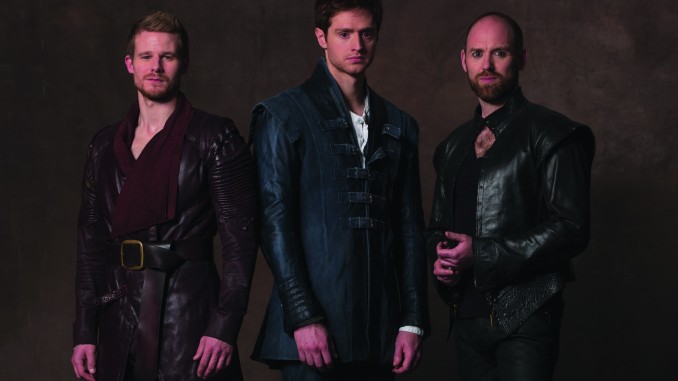
[Scotland plays no games]
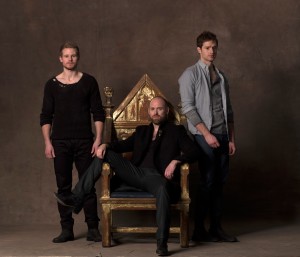
I have no interest in slaughtering the sacred cow that is the Bard as seen in The James Plays’ marketing and publicity quotes (“Better than Shakespeare” says the review quote on the poster). This is not for concern of offending Shakespearean purists, but due only to the inequitable comparison of three plays and a life’s works. The James Plays are, in a word, epic, and their content certainly has components of many of Shakespeare’s themes and characters, but their form and lyricism, and length and pace is much more attuned for modern audiences and, consequently, more easily accessible. That’s not to say the audience can relax by any means – an attentive ear is required at all times to keep up with a history of which we know very little. Playwright Rona Munro has, naturally, taken liberties with this history, but these serve only to filter and consequently intensify the drama inherent in the characters’ dynamics – and it pays off in spades. There is nothing black and white about these works.
James I: The Key Will Keep the Lock
James I (in an earnest portrayal by Steven Miller) returns home to rule Scotland after 18 years as an English hostage. The Stewart family matriarch, Isabella (a mercurial Blythe Duff), and her sons, led by zealous eldest Big James (a terrifying Ali Craig), are not ready to give up their regency. Lighting designer Phillip Gladwell hits a monumental set piece dagger and the cast with bruising blue top lights; this is a world in which the shadows of politics must find reason and light amongst “bestial vulgarity”.
Drums boom in Christopher Shutt and Nick Sagar’s impelling sound design, as an inevitably violent climax draws ever nearer. Yet in navigation of sheep and wolves, James finds some solace in his betrothal to Joan. Rosemary Boyle is indeed a bonny flower, but also holds her own when the meat begins to soften and the wood begins to rot, even if the shift is capricious from scene to scene; a journey supported by an endearing Sally Reid.
The final decree we see issued by James I to solidify his reign is a significant one. Historically, it was the beginning of a series of actions that went beyond the duties of a monarch and is what makes men kings. This leads to certain characters’ perceptions of him in James II, but we never see these for ourselves. We only see the first wheel turn, and, even then, it’s a minor movement that could have been explored to a more exacting end. Without this development, James I feels like the first act to a much grander piece. It’s a brilliant way to draw audiences back for James II, but, as the productions are intended to be able to be viewed independently, James I has the opportunity for a longer reign.
James II: The Day of Innocents
Twelve years later, following the death of James I (the specifics of which, again, gives us a questionable reflection on the character), we meet his son, James II, the six year old now King of Scotland. Director Laurie Sansom, having set up the world in which the first two plays exist via James I, delves deeper into the heart of the political machinations, but also focuses on the more personal story between James II and William Douglas on which to hinge the drama – a development lacking between James I and Mary in the first.
As James II and William Douglas respectively, Daniel Cahill (Andrew Rothney’s official understudy, who has taken over the role due to an on-stage football injury) and Andrew Still are, quite simply, remarkable young actors. Not only do they make the necessary subtle yet effective physical and vocal adjustments to age their characters (as does Peter Forbes, whose “second life” as Balvenie is yet another wheel whose turn would have been an intriguing development to witness), but they also have a fearless drive in performance that permeates their characters’ motivations.
The subtleties in the various two-hander scenes, be it between James II and Mary (Boyle), or William and Balvenie, are the most poignant of the three plays, yet, I never feel truly moved to a cathartic extent. The only problem with this is that there is no reason within the text, performance, or direction (or father-son relationship to which I am personally susceptible), to not be. It is not a question to which I need an answer (I wanted epic theatre, and I got it), but one to which I wish I had.
James III: The True Mirror
Things take a theatrically dramatic turn in James III as we are introduced to the first Renaissance monarch of Scotland. This is immediately noticeable in Jon Bausor’s elegant set and costume design, Gladwell’s lighting, and Will Gregory’s composition. Burnet roses adorn the garden and the once shadowy world of political turmoil is brightened with the glorious sun yellow of the dawn of a new age. Musical composition by Will Gregory takes this one step further with acoustic versions of Pharrell Williams and The Human League as numbers to begin each act, which, while somewhat embarrassingly contrived, I found – along with movement director Neil Bettles’ choreography – guiltily entertaining.
Not only do we see a change in production design, but also in focus of the titular character. James III is a hedonistic and foppish king, played with a perfectly gaudy swagger and flair by Matthew Pidgeon, so it is up to Malin Crépin’s Queen Margaret to draw the focus of not only our attention, but of Scotland’s subjects.
While not entirely jarring, the shift from political nationalism and monarchical relationships to a more conscious intertwining of the two is left uneven, due to the inherent egotism of the king – even post confrontation with his own mortality – and an incomplete development between Margaret and John, Head of the Privy Council (a charming Craig).
A national theatre should be at the top of its game when it comes to representing its country theatrically, and Scotland has every reason to be proud. The cast have honed their craft within an inch of perfection, and while some bloom more than others, it is down to a more exact marrying of actor and character, and not a slight to others. There are notable performances throughout the trilogy including Craig, Duff, Forbes, Reid, and a booming John Stahl. Usually crowd scenes (including song, dance, and fighting) leave me feeling awkward for the lost souls on stage shouting rhubarb, however this vibrant ensemble never miss a beat or lose their intensity. They are always watching, always listening, always alive. No one stands around like a spare prick at a wedding. This is a testament to Sansom, who weaves his cast around the stage in a series of vignettes that epitomise the action of the play, suspending moments in staged imagery like a Jack Vettriano painting, and ensures the full depth of each scene has been excavated.
If my feet were held to the flames, I would recommend, in order of preference, II, I, then III, however, each play brings its own unique qualities. James I is an excellent journey through a history imbued with nationalistic Scottish ferocity; James II, a psychological thriller that distorts the aesthetics of the first in cohesion with the more personal nature of the story; while James III, the most standalone of the three, takes a massive shift in tone across all aspects of production and is, for lack of a better word, the most “fun”.
There really is no failing in which of The James Plays you choose – or your budget allows you – to see. For New Zealand audiences who are so rarely exposed to epic theatre of such high quality, this is the opportunity to witness the tenacity and skill of one of our many cultural ancestries.
The James Plays are presented by the National Theatre of Scotland in conjunction with the Auckland Arts Festival and play as the ASB Theatre until March 12. For details see Auckland Arts Festival.
SEE ALSO: Theatreview.org.nz review by Dione Joseph and Metro Magazine review by James Wenley
Listen to James Wenley and Matt Baker’s podcast recording their experience of the full trilogy.

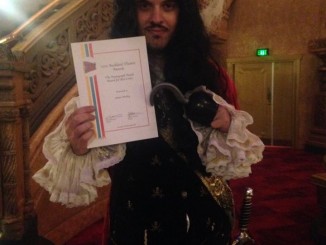
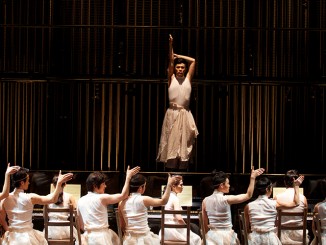
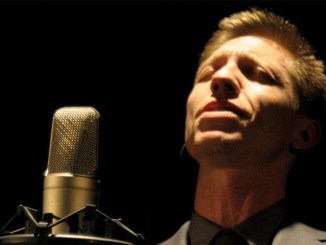
Leave a Reply